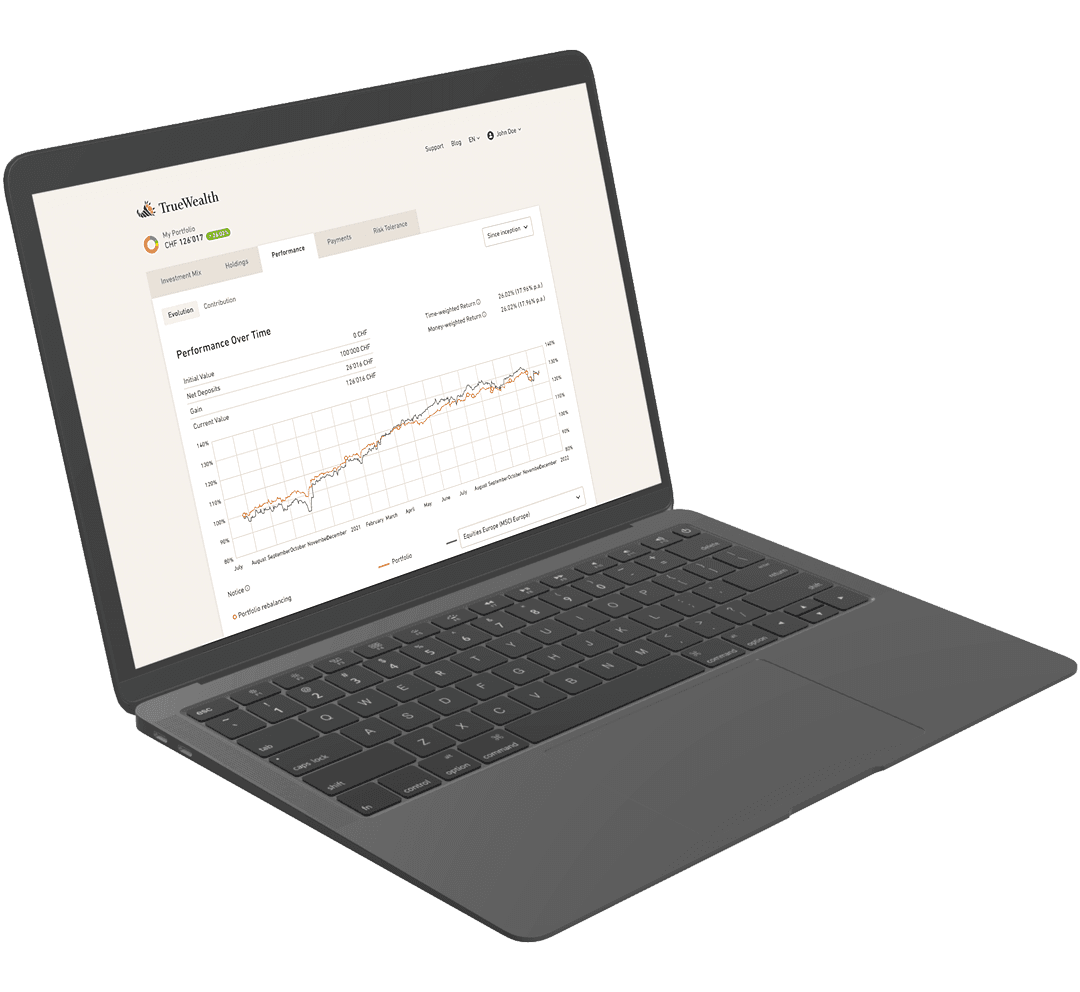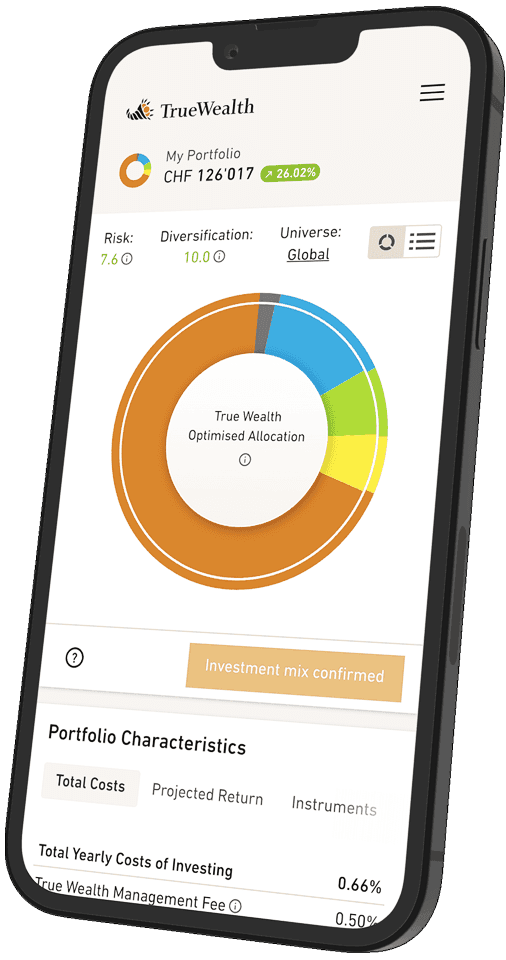#21 The most popular asset class: equities
Shares are one of the most popular asset classes. The total value of all listed companies amounts to around 110 trillion US dollars. That is slightly more than the global economic output of an entire year. It is therefore worth taking a closer look at this asset class.
What are shares?
Shares are ownership of a company's equity capital. When a public limited company issues share capital, it raises equity on the capital market. Shares in listed companies are traded on the stock exchange, but a stock exchange listing is only worthwhile for larger companies. The vast majority of public limited companies are not listed on the stock exchange.
When you own shares, you become a co-owner of a public limited company and thus acquire certain rights. The most important rights are the right to vote at the Annual General Meeting and the right to a share of the dividends. Shareholders participate in the success of the company through dividends, but also through increases in the price of the shares themselves.
What types of shares are there?
There are four different types of shares: ordinary shares, preference shares, bearer shares and registered shares.
- Ordinary shares and preference shares: Ordinary shares are the regular shares. Preference shares, on the other hand, usually have no voting rights, but often have a preferential or higher entitlement to dividends.
- Bearer shares and registered shares: Bearer shares belong to the respective holder, which used to be issued on paper. Whoever held the paper in their hands was the owner. Today, custodians keep electronic records of bearer shares, especially in the case of listed companies. In the case of registered shares, the public limited company itself keeps a record of the owners of the shares. In the event of a change of ownership, i.e. if a share is sold, the share register of the public limited company must be adjusted accordingly. In the case of registered shares with restricted transferability, the company's consent is also required to transfer the share to the buyer.
How is the share price determined?
The price of a share that is traded on the stock exchange is also known as the share price. Theoretically, the value of a share is the sum of all future dividends, discounted to the respective current date.
What does discounted mean? Possibly receiving 100 francs is worth less than having 100 francs for sure. And 100 francs in a year's time is also worth less than having 100 francs now. The higher the interest rates, the greater the effect of discounting. This also explains why stock markets often correct downwards when the national banks raise their key interest rates. And the reverse happens when interest rates are cut. You may remember the times of negative interest rates, which also drove the stock markets up.
So much for the theory. In practice, the share price is simply the result of supply and demand. The price of a share therefore reflects the expectations of market participants about the future success of the company. But it also reflects how attractive they consider the share to be compared to all other investment opportunities.
If you want to compare the price of different shares, you need to know this: Shares are divided up very differently. One share may cost two francs, while another costs 2,000 francs. However, this says nothing about which of the two shares is better or worse. To make shares comparable, equity analysts often relate the share price to the next estimated annual company profit. This is known as the P/E ratio or price/earnings ratio. P/E ratios depend on the industry and are typically in the range of 15 to 25. The higher the P/E ratio, the more you pay for your share of the future annual profit.
What are the advantages of investing in shares?
Long-term growth
Over longer periods of time, shares have achieved a much higher return than safe asset classes such as bonds or money in a bank account. Equities are volatile, i.e. their value fluctuates constantly. However, they also have a higher risk premium.
The return on shares is made up of two sources: on the one hand, the income from dividend distributions.
A dividend yield of 2% per year is not untypical for many shares. However, most companies do not pay out their entire profit as dividends, but invest part of the profit in their growth. If they are successful, these investments increase the value of the company, which leads to rising share prices.
Protection against inflation
In the past, shares have repeatedly proved to be an effective hedge against inflation. Why? Most companies can adjust their prices relatively easily, especially if others do the same. This offers you as a shareholder a certain degree of protection against inflation.
Liquidity
Another advantage of listed shares is their liquidity. This means that you can sell them relatively easily at any time. As a rule of thumb, the larger the company's market capitalization, the greater and better the liquidity.
Risks of investing in shares
Share investments are always associated with risks. The standard measure of fluctuations in value is volatility. Volatility on the stock market can be low for long periods and then suddenly increase. When volatility is high, practically all shares fluctuate sharply up and down. A single company can also fail. If you invest all your money in a single share, or a few shares, you can lose everything. For this reason, it is better to invest in a broadly diversified basket of shares. This won't bring your investment risk to zero, but it will at least reduce it considerably. As a rule of thumb: a share portfolio is well diversified if it is spread across 25 shares or more and these companies are active in different regions and industries. It is even easier with ETFs. There are excellent ETFs for almost every stock market. Many of them are very well diversified and track the stock market cost-effectively. That's why we at True Wealth invest in equities via ETFs.
Do you invest in stocks and how do you minimize risk? Send me an email.
About the author

Founder and CEO of True Wealth. After graduating from the Swiss Federal Institute of Technology (ETH) as a physicist, Felix first spent several years in Swiss industry and then four years with a major reinsurance company in portfolio management and risk modeling.

Ready to invest?
Open accountNot sure how to start? Open a test account and upgrade to a full account later.
Open test account